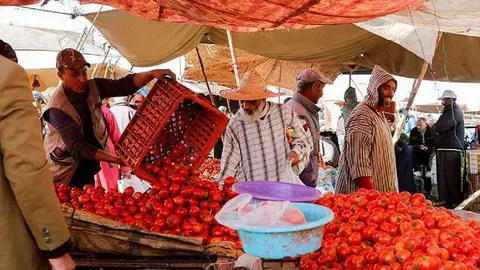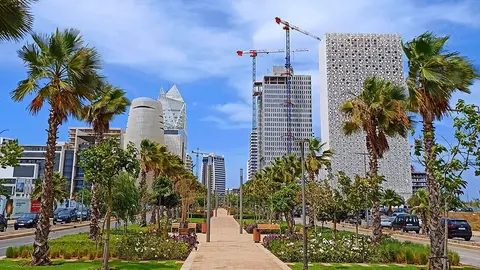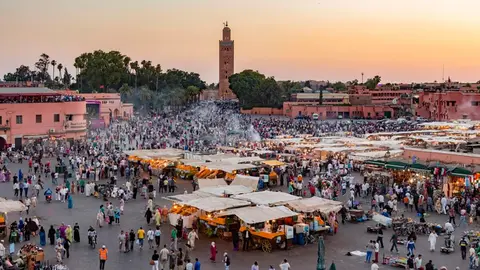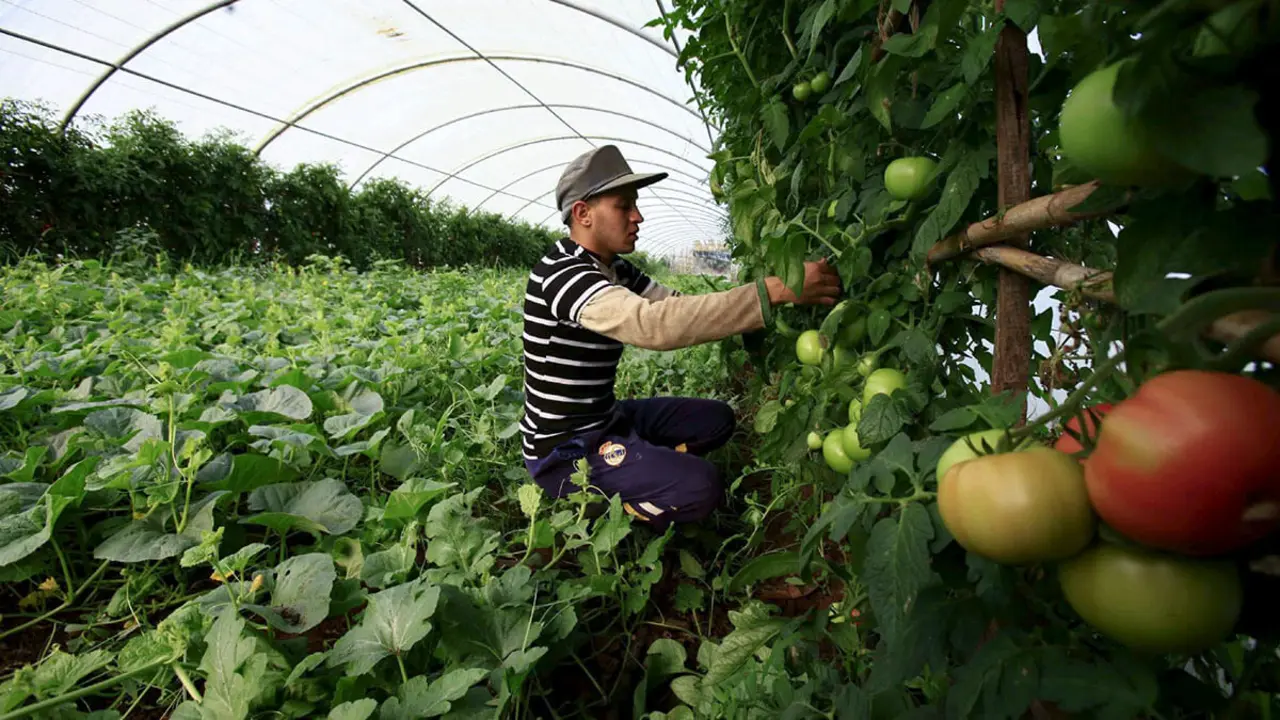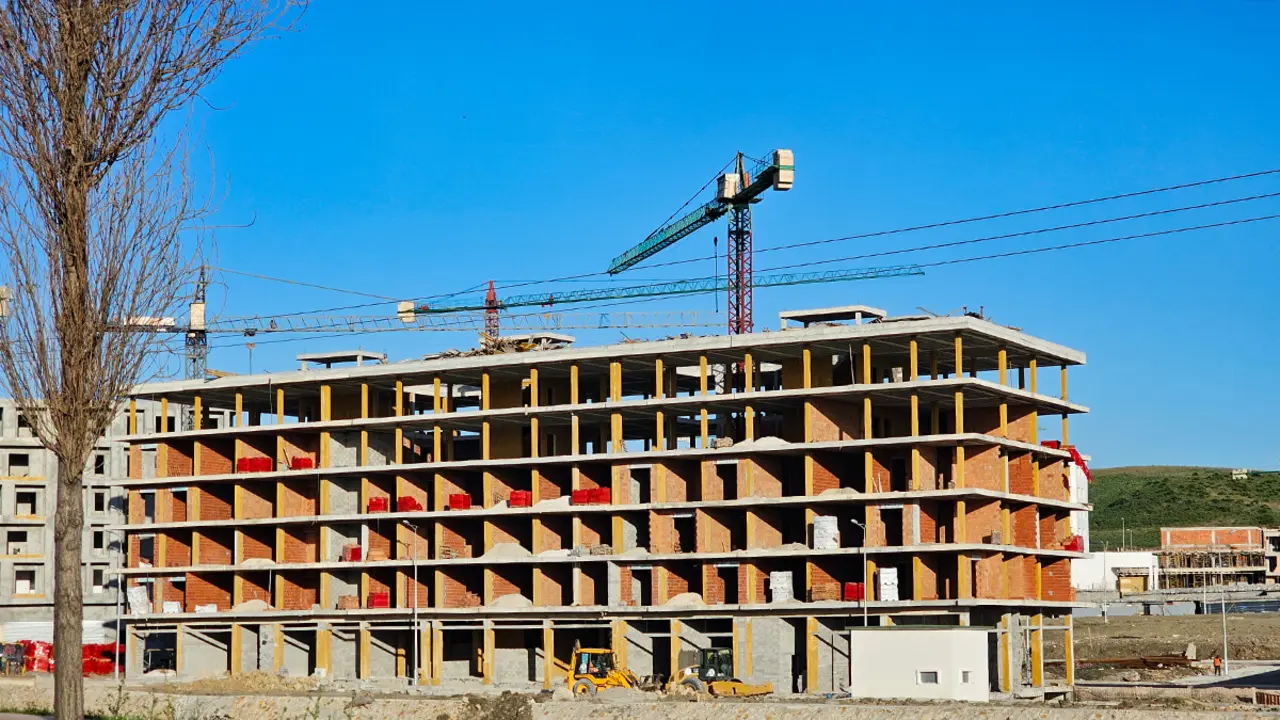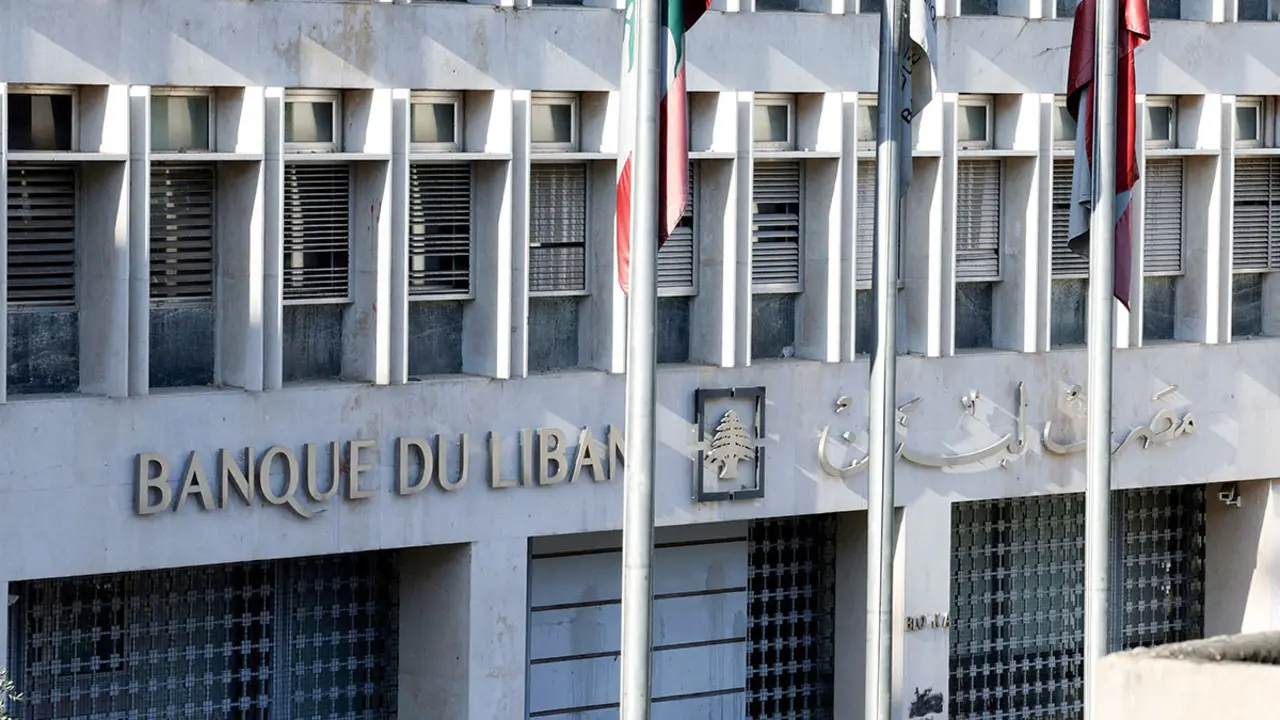BAM lowers benchmark rate to 2.75% and updates its 2024/2025 forecasts
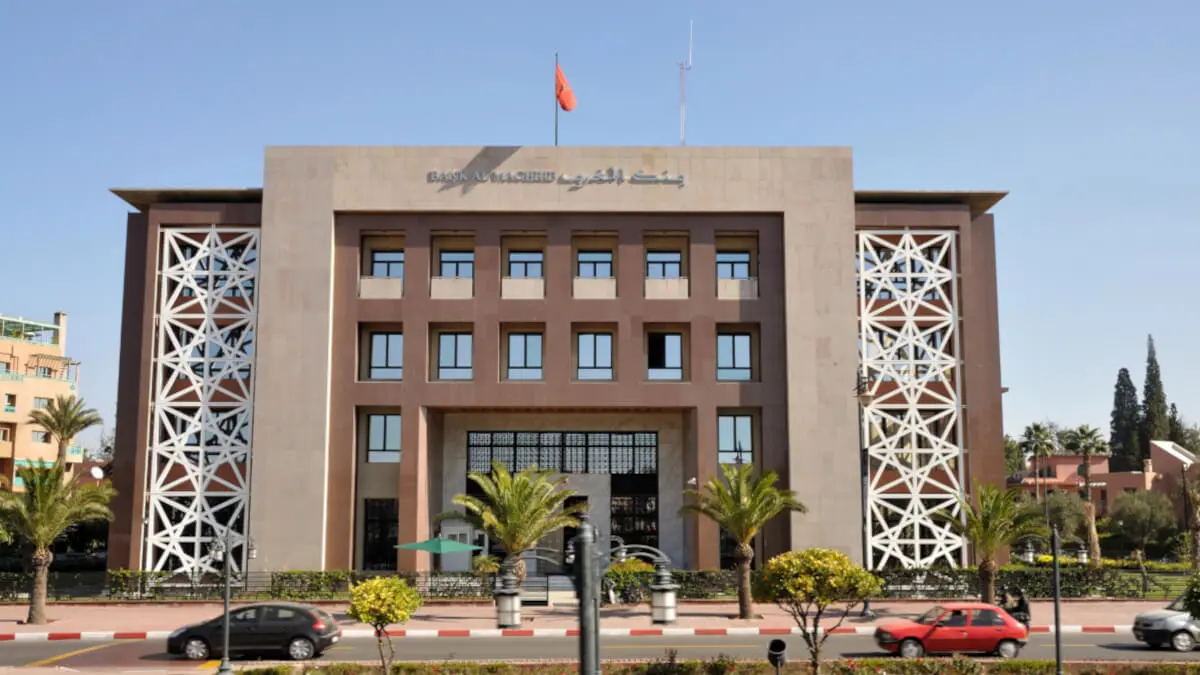
- Domestic inflation affected by the international context
- Export growth in 2024 and 2025
- Projected decline in liquidity needs for banks in 2024
- Stable budget deficit stability
The Board of Directors of Bank Al-Maghrib stressed, at its second quarterly meeting of 2024 on Tuesday 25 June, that the calibrated tightening of monetary policy and the monitoring of the measures put in place by the government to support household purchasing power had enabled very significant progress to be made in ensuring price stability and protecting economic activity in the aftermath of the crisis.
In these conditions, and after having kept the official interest rate unchanged for four consecutive meetings, the board of the BAM decided to cut it by 25 basis points to 2.75%.
As regards the pass-through of past monetary policy decisions to financial conditions, bank lending rates have remained broadly stable for the second consecutive quarter.
With a cumulative increase of 116 basis points between the start of monetary tightening in September 2022 and the first quarter of 2024, the rise in rates affected companies more than individuals, and was less significant for SMEs than for large companies.
Domestic inflation affected by the international context
The Council closely monitors economic and inflationary developments at both the national and international level. In this regard, it noted the relative resilience of economic activity and the fall in inflationary pressures, which should continue, albeit at a slower pace than expected last March.
However, the Central Bank of Morocco's outlook remains surrounded by a high level of uncertainty, particularly in relation to the persistence of geopolitical tensions and conflicts in Ukraine and the Middle East.
Domestic inflation, which stood at 6.6% in 2022 and 6.1% in 2023, has returned to low levels in recent months, driven mainly by easing external pressures and falling prices of volatile food commodities.
Taking into account these achievements and the resumption of the decompensation process, the current year should end with an average rate of 1.5%, rising to 2.7% in 2025. Its core component, reflecting the fundamental price trend, will average 2.1% during the first five months of the year and should remain close to this level until the end of 2025.
The Council also took note of the firm anchoring of inflation expectations revealed by Bank Al-Maghrib's quarterly survey of financial sector experts. Inflation expectations declined significantly in the second quarter of the year, standing at 2.7% for the 8-quarter horizon and 2.8% for the 12-quarter horizon.
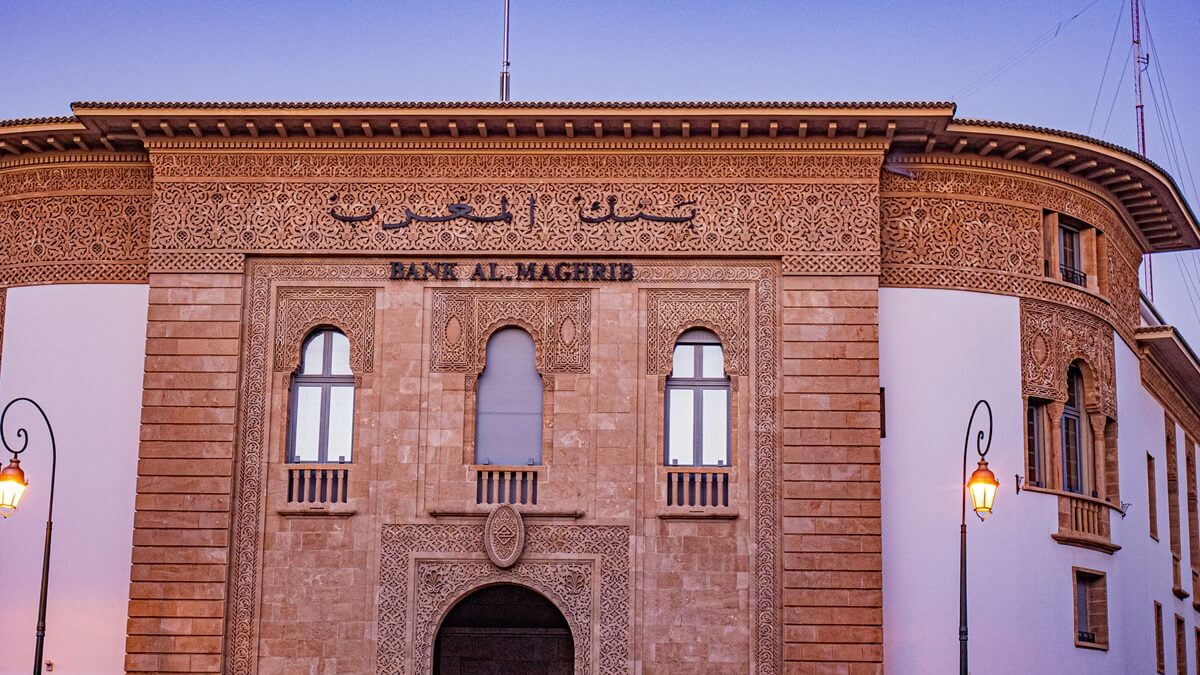
Export growth in 2024 and 2025
On the external accounts, after a virtual stagnation in 2023, exports of goods should improve by 4.4% in 2024 and 8.9% in 2025, driven mainly by sales of the automotive sector and phosphates and their derivatives, which should reach 185.1 billion dirhams in 2025.
After a decline of 2.9% in 2023, imports are expected to increase by 6.1% and then by 9.7%, due in particular to an increase in purchases of capital and consumer goods.
As for the energy bill, it should fall this year and rise by almost 5% in 2025, to reach 125.1 billion dirhams. Travel revenues should continue to grow at an annual rate of 5.8 per cent to reach 117.2 billion dirhams in 2025.
Similarly, available data point to a continuation of the upward trend in transfers by Moroccans living abroad, with improvements of 1.9% this year and 5.3% in 2025 to reach 123.7 billion dirhams.
Under these conditions marked by a one-off reduction to 0.6% of GDP in 2023, the current account deficit would be around 1.7% of GDP in 2024 and 2.7% in 2025. In addition, Foreign Direct Investment (FDI) inflows, after a relatively low level in 2023 at 2.4% of GDP, should increase to almost 3.1% of GDP in 2024 and 2025.
Taking into account the Treasury's external financing projections, official reserve assets should further strengthen, reaching 382 billion dirhams by the end of 2024 and 395.6 billion dirhams by the end of 2025, representing a coverage of about 5.5 months of imports of goods and services.
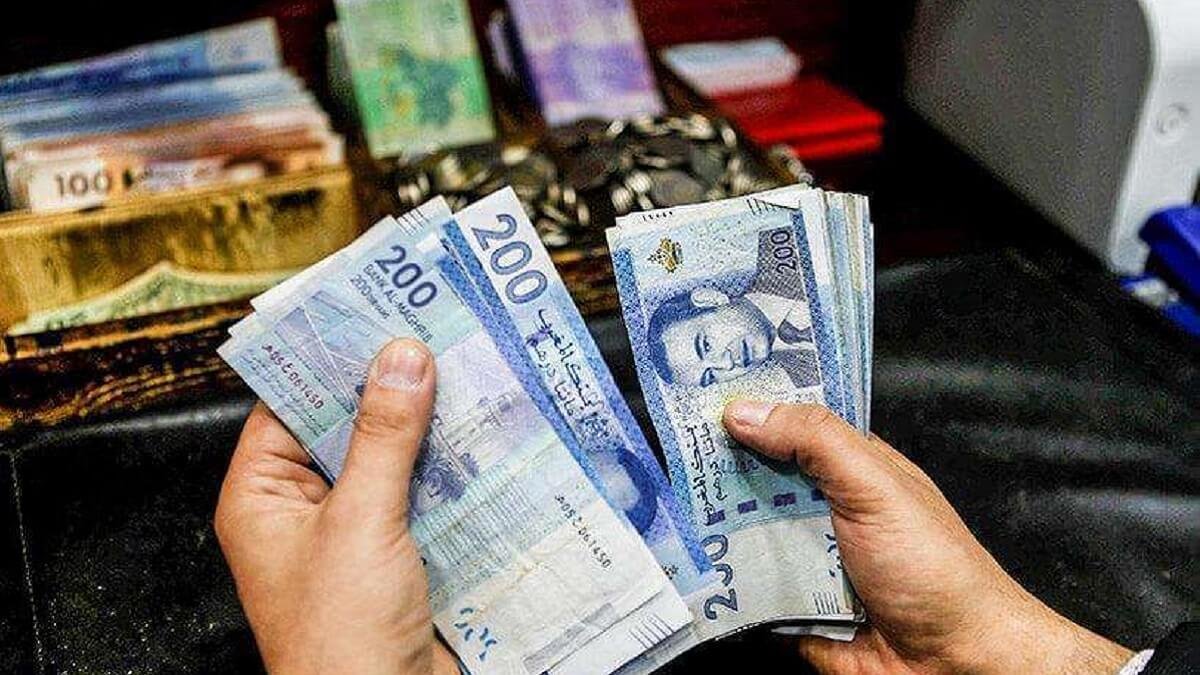
Projected decline in liquidity needs for banks in 2024
With regard to monetary conditions, banks' liquidity needs should decrease slightly from 111.4 billion dirhams at the end of 2023 to 109.8 billion dirhams at the end of 2024, before increasing to 133.6 billion dirhams at the end of 2025, mainly due to the expected expansion of banknotes and coins.
Taking into account these developments, non-agricultural growth forecasts and banking system expectations, credit growth to the non-financial sector should accelerate from 2.7% in 2023 to 4.4% in 2024 and 5.2% in 2025.
Given the inflation differential with major trading partners and competitors, and its increase in nominal terms, the real effective exchange rate should continue to appreciate slightly, to 0.5% in 2024 and 0.2% in 2025, after 0.8% in 2023.
Stable budget deficit stability
On the public finances side, the budget outcome for the first five months of 2024 shows a 10.8% improvement in recurrent revenues, driven by higher tax revenues.
At the same time, overall expenditure increased by 1.2%, due to spending on goods and services, while compensation costs and capital expenditure decreased.
With the opening of additional appropriations in the general budget of 14 billion dirhams and updated macroeconomic projections, Bank Al-Maghrib expects the budget deficit to remain stable at 4.4% of GDP this year and to narrow to 4.1% by 2025.

